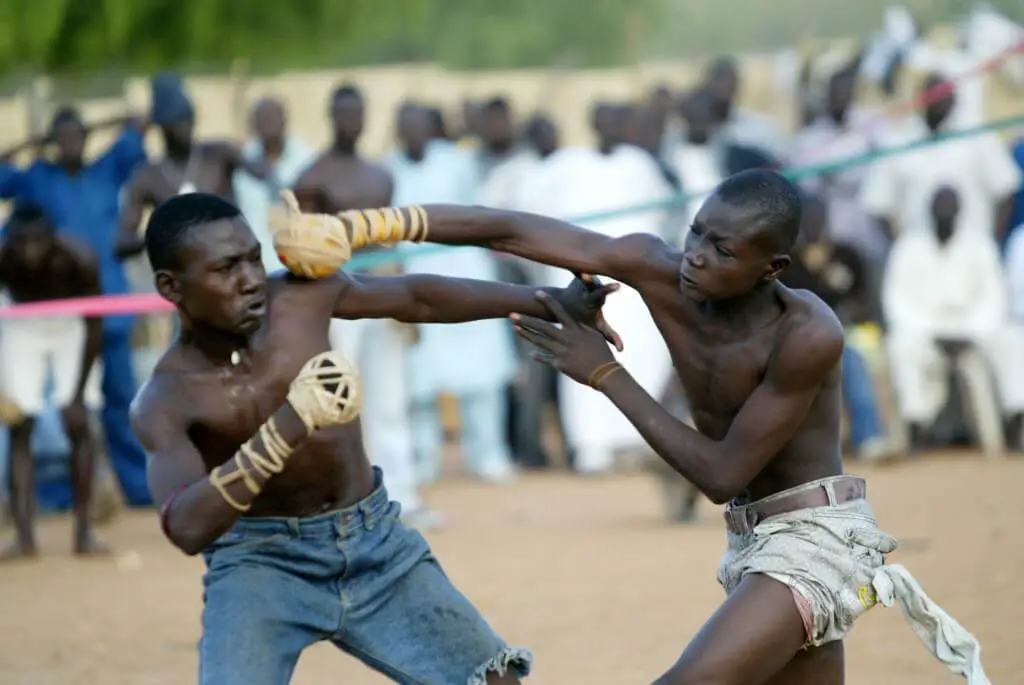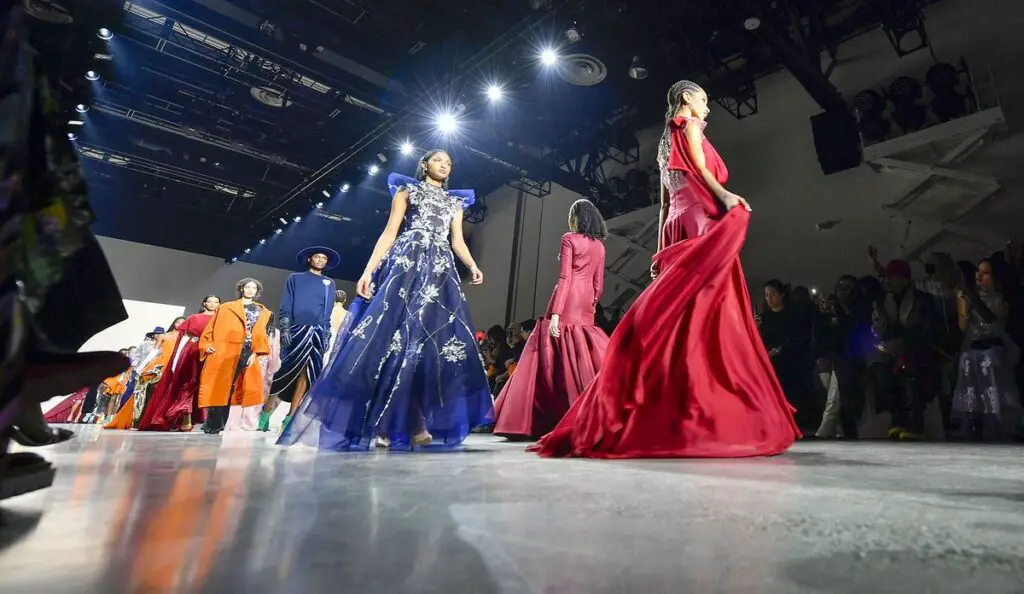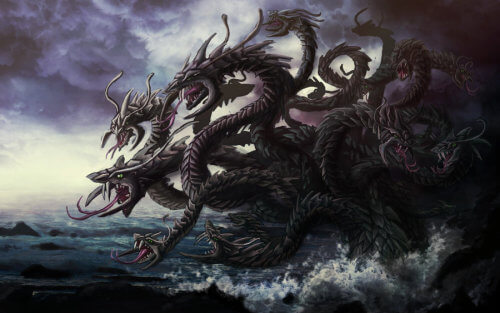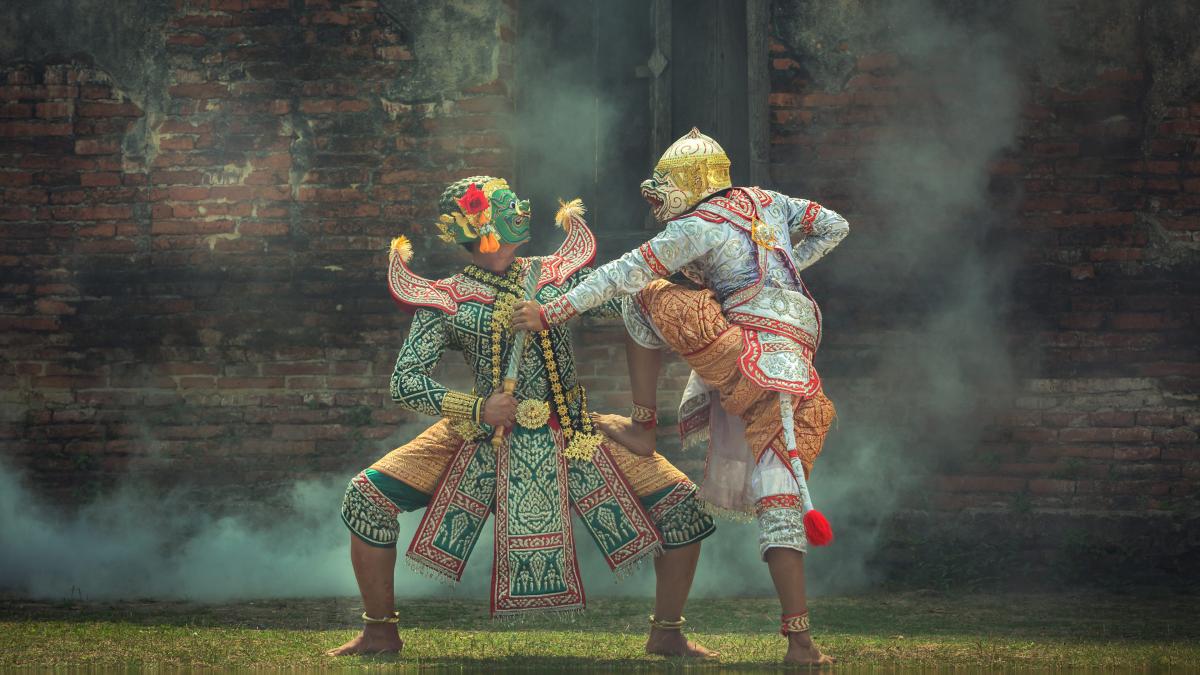In the words of Edward Twitchell Hall, a renowned cross-cultural anthropologist, culture is mankind’s medium.
It cuts across all aspects of human life, influencing how people express themselves, think, their personalities, and how they move.
Ideally, culture refers to a set of feelings, practices, and beliefs that tie people together.
It represents all aspects of daily life that characterize a specific group of persons, ranging from the food they eat to their religious dispositions.
However, Hall also noted that only ten percent of cultural elements are observable.
As theorized in his cultural iceberg concept, these observable elements make up surface culture, while the less observable tenets make up deep culture.
What is Surface Culture?
When people talk of culture, they are mostly referring to surface culture.
These are cultural aspects that people can easily detect by seeing, touching, or hearing.
Just as the name suggests, surface culture comprises superficial manifestations of people’s way of life.
They are the attributes of a certain culture that people can notice at first glance without diving deeper.
You do not need to fully understand a culture to notice such attributes as they are openly observable.
Surface Culture vs. Deep Culture
Surface culture is just but the tip of the cultural iceberg.
There is much more to a culture than meets the eye.
To better understand a people’s way of life, you need to look beyond the surface to fully internalize the underlying dispositions, attitudes, and beliefs that influence their cultural practices.
These underlying cultural attributes are referred to as deep culture.
Unlike elements of surface culture which are tangible, elements of deep culture are intangible and are passed down from generation to generation.
For instance, issues of marriage and courtship are one of the primary aspects of deep culture.
In Arab cultures, arranged marriages are still the norm.
Unless a person is born into this culture, it is impossible to know about this marriage system without a lengthy exposure to Arab culture, qualifying this attribute as an element of Arab’s deep culture.
Inversely, the culture’s unique dress codes, such as the hijab, are openly visible to the public, hence are elements of Arab’s surface culture.
Common Surface Culture Examples
Let’s now look at some of the most common examples of surface culture in real life:
1. Art

Different cultural groups have unique styles of crafts, music, and performance arts.
In most cases, the kind of art form that each culture produces is influenced by the group’s geography and availability of specific materials.
Nonetheless, arts are visible elements of a people’s way of life that can be used to identify specific cultural groups.
For instance, the African Maasai culture is visibly characterized by its traditional jumping dance known as Adumu.
Similarly, the Maori culture in New Zealand is famous for the Haka—a ceremonial dance performance involving rhythmic chants and vigorous body movements.
People from across the globe can easily identify members of the Maori or Maasai cultures by observing their unique dance performances.
2. Cuisine

Different cultures observe different eating habits and food preparations.
Just like in cultural arts, cultural cuisines are also largely defined by the people’s geographical location and availability of specific resources.
Seychelles’ island cuisine, for instance, is a fundamental part of the Creole culture.
It largely comprises deep-fried seafood and coastal plantations, such as marinated tuna steaks, octopus curry, shark chutney, and coconut curry.
Each of these foods has unique tastes and presentation styles that are openly visible to people from other cultures.
3. Holidays

People from all cultures take part in a wide variety of religious, personal, or patriotic celebrations.
These events offer a tangible point of interaction for people from other cultures.
For example, tourists flock to Brazil yearly to experience the annual Rio Carnival whereby revelers donned in cultural Samba attires follow the trios elétricos truck as they engage in Brazilian dances.
The carnival is a standout surface element of Brazilian culture as people can observe and participate in this celebration without engaging deeply with the culture.
Another notable example is the Chinese New Year which is celebrated in all Chinatowns across the globe.
It is easy to spot the Chinese flags, traditional dances, and red balloons that fill up Chinatowns during this patriotic holiday.
4. History

History refers to records of people’s pasts.
These accounts are produced by historians who analyze available evidence to come up with a detailed breakdown of events that occurred in the past.
There are several write-ups available in contemporary society that offer histories of different cultures.
Today, historical issues such as the slave trade in African cultures and early civilization in Roman cultures are public knowledge.
5. Flags

Flags play a fundamental role in modern-day cultures.
These decorative items provide people from distinct cultures with an identity and serve as a representation of their cultural heritage.
The red, blue, and white flag of the United States, for instance, is used to represent American culture.
6. Personalities

All cultural groups have well-known individuals who are famous for their role in specific cultures. These can include historical or contemporary personalities.
Anne Frank, the famous Jewish diarists reputed for documenting Jewish life in Nazi-occupied regions, is a good example of a cultural personality.
She is renowned across the world as a representative of the Jewish culture with particular regard to this people’s historical persecution by Nazis.
Other notable cultural personality examples include Oliver Mutukudzi, the beloved Zimbabwean singer, and Ashoka the Great, the historical Buddhist leader of India’s Maurya Dynasty.
7. Games

Traditional games are also tangible emblems of a culture’s identity.
People engaged in these games as a recreational means of affirming their cultural heritage.
They qualify as elements of surface culture since they are visibly observable and anyone can take part in these playful practices.
For instance, Tiu-u is among the popular traditional games in Chinese culture.
Participants are required to match stacks of dominoes to win.
Historically, people played Tiu-u using bone dominoes. Today, the game is played using wooden dominoes.
8. Fashion

Perhaps the most observable tenet of a culture is the people’s dress code.
For instance, members of the Scandinavian culture are easily identified due to the Bunad, a traditional attire that features long skirts, heavy embroidery, leather shoes, white socks, and long-sleeve shirts.
Similarly, Indians are known for the sari, Scottish cultures are known for kilts, while Indonesians are known for the Balinese temple dress.
9. Folklore

Different cultures have unique folklore. These include legends, folk songs, proverbs, fables, myths, and fairy tales.
Individuals from other cultures can interact with a specific culture by hearing its folklore.
10. Literature

Culture literature is another tangible tenet of people’s way of life.
For instance, a stranger can identify Buddhist traditions by reading Buddhist texts.
Similarly, Anne Frank’s diary entries are also representative of the Jewish culture.
Conclusion
In sum, surface elements are the most visible parts of any culture. They include all aspects of a culture that people can hear, touch, or see, such as fashion, cuisine, art, and literature.
While these things are the main focus of any culture, they only represent a small part of the culture.
People are required to interact more with surface culture to immerse themselves more into the deep end of this cultural spectrum.
It is necessary to first identify the culture’s surface before internalizing its more intricate, underlying aspects, such as beliefs, attitudes, and dispositions.
By and large, surface culture is merely the tip of the iceberg while deep culture represents the bulk of the ice that is hidden underneath the water surface.

